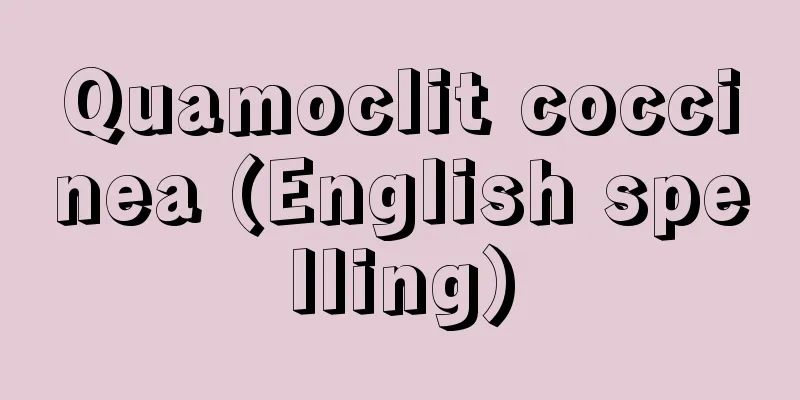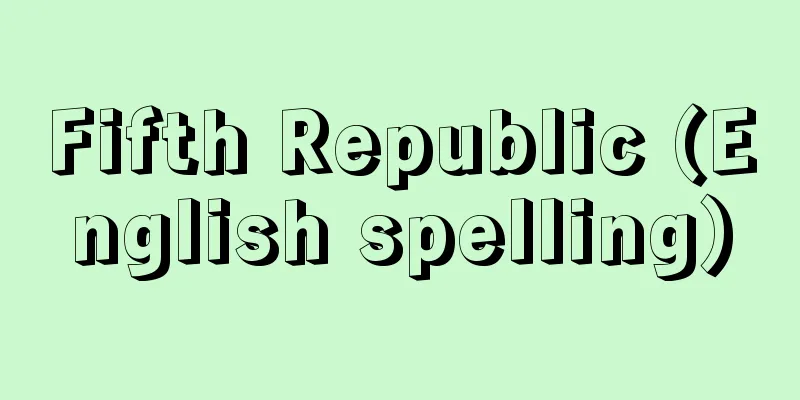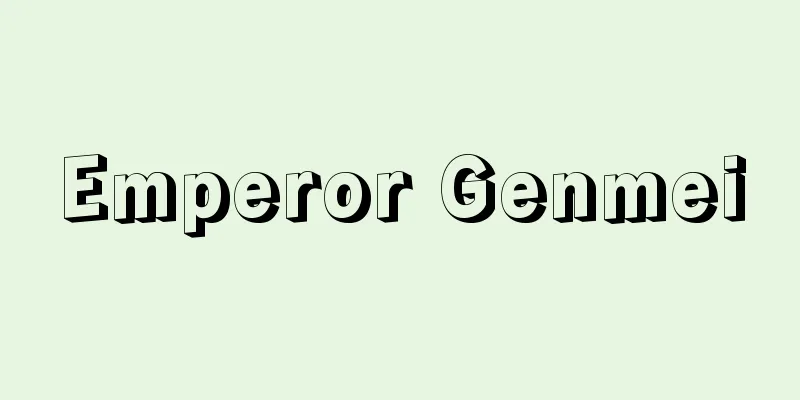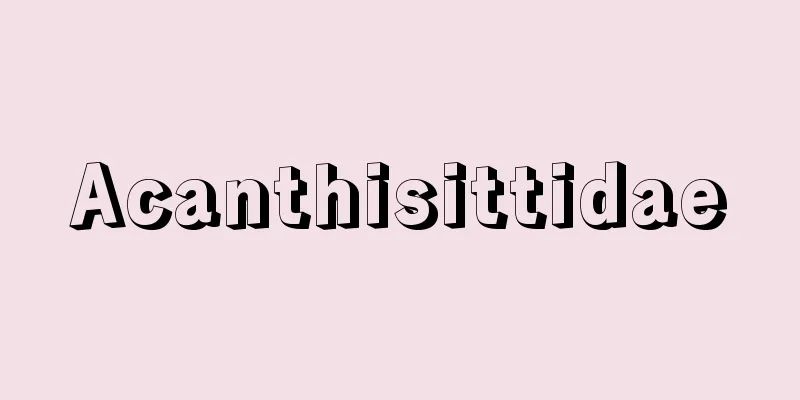Tomita Jinpei
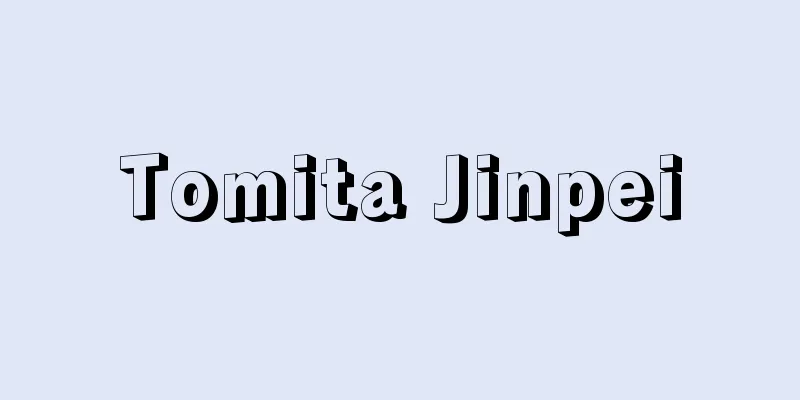
|
Year of death: 1927.3.3 Year of birth: November 30, 1848 (December 25, 1848) Agricultural reformer during the Meiji and Taisho periods. The eldest son of Tomita Moshiro, a village samurai from Mizushima Village, Kikuchi County, Higo Province (Kumamoto Prefecture). His family owned 5 chobu (approximately 5 hectares) of farmland. As a boy, he studied Chinese classics under Tsukushi Soho from Heda Village, Higo County, and later worked in agriculture under his father. In 1878, he attempted to turn poorly-drained rice fields into dry fields, and began experimenting with underdrain drainage. After extensive research, he established the Tomita-style underdrain drainage method. In 1890, he was employed by the Agriculture and Commerce Department of Kagoshima Prefecture, where he became acquainted with Governor Kano Hisayoshi and devoted himself to the prefecture's land consolidation project. In 1908, he was invited by Yamaguchi Prefecture to become a traveling agricultural instructor, where he worked for 11 years to promote underdrain drainage and land consolidation. He then moved to Akita Prefecture from 1913 to 1913, where he was also in charge of land consolidation. He developed a simple culvert drainage method and contributed greatly to improving rice production. In his later years, he went to Korea to join his eldest son Ryosuke, who was attempting land reclamation, and died there. <References> Susuda Reikichi, "Commentary on the Tomita-style Culvert Drainage Method" (Meiji Agricultural Book Collection, Vol. 11), Egami Toshio, "Establishment of Simple Culvert Drainage Technology - The Achievements of Tomita Jinpei" (History of the Development of Japanese Agriculture, Vol. 4) (Taguchi Katsuichiro) Source: Asahi Japanese Historical Biography: Asahi Shimbun Publications Inc. About Asahi Japanese Historical Biography |
|
没年:昭和2.3.3(1927) 生年:嘉永1.11.30(1848.12.25) 明治大正期の農事改良家。肥後国(熊本県)菊池郡水島村の郷士冨田茂四郎の長男。生家は田畑5町歩(約5ha)の地主。少年のころ同郡辺田村の筑紫宗甫につき漢学を学び,のち父のもとで農業に従事。明治11(1878)年劣等湿田の乾田化を図り暗渠排水の実験にとり組み,研究を重ね冨田式暗渠排水法を確立した。23年鹿児島県農商課に雇われ,加納久宜知事の知遇を得,同県の耕地整理事業に尽くした。33年山口県に招かれ農事巡回教師となり,11年間暗渠排水や耕地整理の普及に当たった。その後43年から大正2(1913)年までは秋田県に転じ,ここでも耕地整理を担当した。簡易な暗渠排水法を開発し,稲の生産向上に尽くした功績は大きい。晩年は朝鮮で干拓を試みる長男両助のもとに行き同地で没した。<参考文献>須々田黎吉「『冨田式暗渠排水法』解題」(『明治農書全集』11巻),江上利雄「簡易暗渠排水技術の確立―冨田甚平の業績」(『日本農業発達史』4巻) (田口勝一郎) 出典 朝日日本歴史人物事典:(株)朝日新聞出版朝日日本歴史人物事典について 情報 |
<<: Tomita Manor - Tomita Manor
Recommend
Federation internationale de ski (English)
…This is the basic technique for alpine sports, a...
Tractatus amoris (English spelling)
…He is said to have served as the court chaplain ...
Two Governments and Eight Ministries
The term refers to the ancient Japanese government...
Ichibei Furukawa
Year of death: April 5, 1903 (Meiji 36) Year of bi...
Flandin, Pierre Étienne
Born: April 12, 1889 in Paris Died June 13, 1958. ...
separate but equal
...In other words, only unreasonable discriminati...
Antifogging coated glass
When the glass is used under conditions that cause...
Choken
Year of death: 6th August 1203 (1203.9.12) Year of...
Nereis (English spelling)
…the goddess of fertility was the prototype of th...
Good luck - Kichirei
〘 noun 〙 A ceremony to worship a god. Auspicious c...
Agitation cultivation - Agitation cultivation
…Rotary plowing does not completely turn over the...
Chicle - Chicle (English spelling)
It is made by boiling down the sap of the sapodil...
Amyloid
It is a water-soluble starch-like polysaccharide ...
map-wing butterfly
...Due to its vertically long wings, it only has ...
Eurylaimidae
…any of the birds of the family Eurylaimidae, whi...



